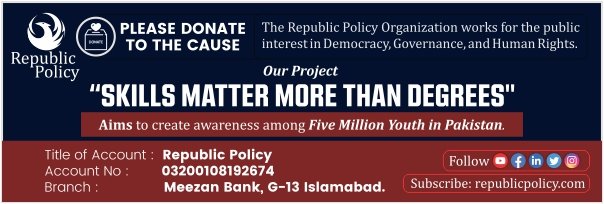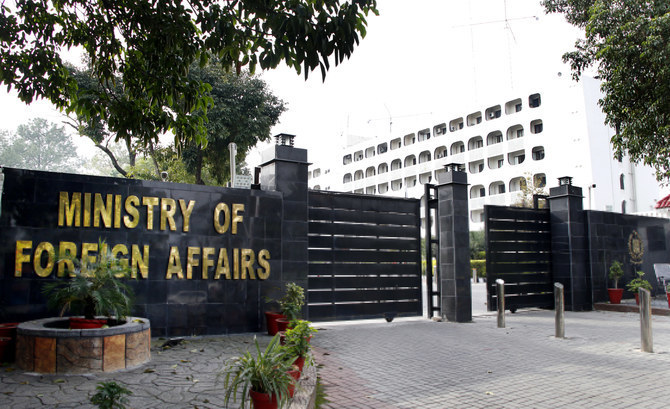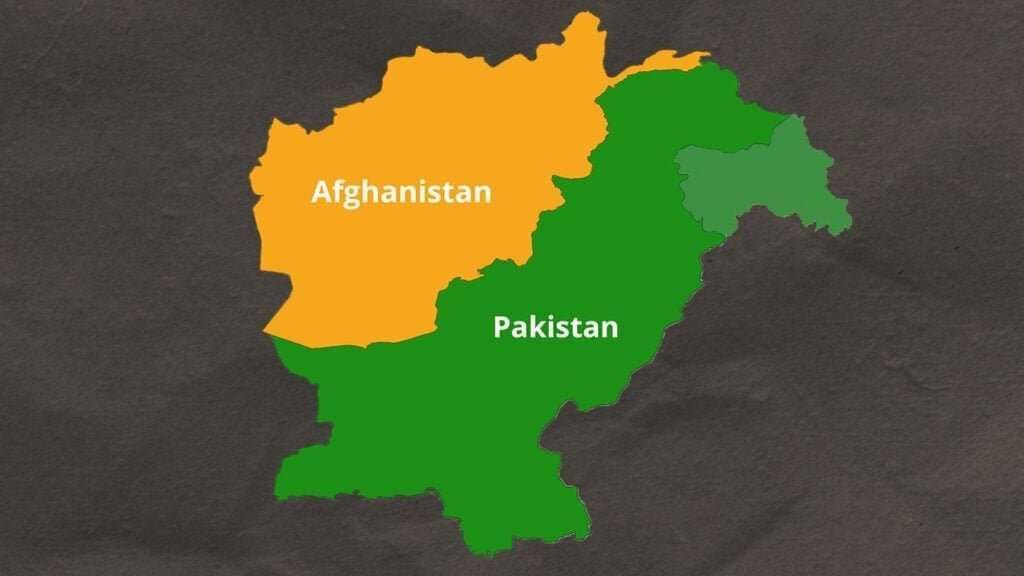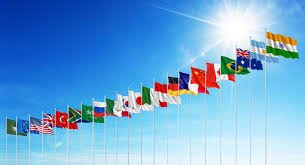Canada’s general election campaign has officially kicked off, set against the backdrop of unprecedented circumstances. With the nation heading to the polls on April 28, voters will not only decide who should govern, but also grapple with major questions about Canada’s future relationship with its neighbor and largest economic partner, the United States.
The race is unfolding at a time of heightened tensions, with U.S. President Donald Trump engaging in a trade war and making controversial remarks about potentially making Canada the 51st U.S. state. While domestic issues such as housing and immigration remain key talking points, the campaign is now focused on broader national concerns, marking a pivotal moment for Canada’s political future.
Key Campaign Issues: Trump’s Influence on Canada’s Election
The U.S. and Canada share a deeply integrated economy, security partnership, and the longest undefended border in the world. However, President Trump’s aggressive economic policies, including imposing steep tariffs on Canadian goods and his comments about Canada’s sovereignty, have created a significant shift in relations.
Marci Surkes, a political strategist and former advisor to Prime Minister Justin Trudeau, highlighted that Trump’s actions have had a profound impact on Canadian politics, transforming what seemed like a guaranteed Conservative victory into a tight race. As campaigning began, party leaders across the political spectrum focused heavily on the threat posed by U.S. policies, especially with Trump expected to announce more global tariffs in early April.
Trump has also made his preferences clear, telling Fox News that Conservative leader Pierre Poilievre is not a “friend” and that dealing with the Liberals may be “easier.” His comments will certainly shape the election narrative in the coming weeks.
Who Can Handle Trump’s Unpredictability?
One of the biggest questions on voters’ minds is who is best equipped to manage relations with Trump. The race has largely come down to two main contenders: Mark Carney, the new Liberal leader, and Pierre Poilievre, who has led the Conservative Party since 2022.
Carney, a former central banker and global economic leader, took over from Justin Trudeau after his resignation earlier this month. Though new to politics, Carney has extensive international experience, but his lack of direct political campaigning could prove challenging. At 45, Poilievre brings two decades of political experience and a reputation for sharp political strategy. He has capitalized on voter frustration over issues like inflation and immigration, positioning himself as the one who can stand up to Trump’s policies.
Sovereignty and Canada’s Future
For the first time in decades, the election is not centered solely on domestic issues. Instead, Canadians are focused on national sovereignty and how the country will navigate its relationship with a powerful and unpredictable U.S. neighbor. Both major parties are pushing visions of growth and independence, aiming to strengthen housing, military infrastructure, and Canada’s overall economic position.
Carney has sought to move the Liberals toward the political center, distancing himself from the unpopular Trudeau, and has promised strategic investments in housing and defense. Poilievre, known for his fiscal conservatism, advocates for tax cuts and reduced regulations to boost infrastructure and job creation, while also emphasizing law and order.
Cost-of-Living Concerns Amid Trade War
Although cost-of-living issues like housing affordability and healthcare remain crucial to Canadian voters, they are being overshadowed by the looming economic threat posed by Trump’s trade war. With U.S. tariffs already affecting Canadian businesses and communities, both parties are under pressure to address these concerns within the broader context of international trade tensions.
The Organization for Economic Co-operation and Development (OECD) recently downgraded Canada’s economic growth forecast, underscoring the impact of trade disruptions. Canadians are increasingly worried about the future economic landscape, making these concerns a key battleground for the election.
Polling Shifts and Campaign Strategies
Recent polling has seen a dramatic shift, with the Conservative Party losing a significant lead over the Liberals. The resignation of Trudeau, the Liberal leadership race, and Trump’s return to the White House have created a volatile political environment. As the election race begins in earnest, it’s clear that both parties are trying to capitalize on the unfolding situation.
Carney is framing Poilievre as an ally of Trump, while Poilievre is attempting to portray Carney as just another version of Trudeau. The outcome of this messaging battle, along with voter concerns over the economy and sovereignty, will likely determine who comes out on top.
As the election approaches, all eyes will be on the candidates’ ability to navigate these complex challenges and provide Canadians with a clear vision for the country’s future.















